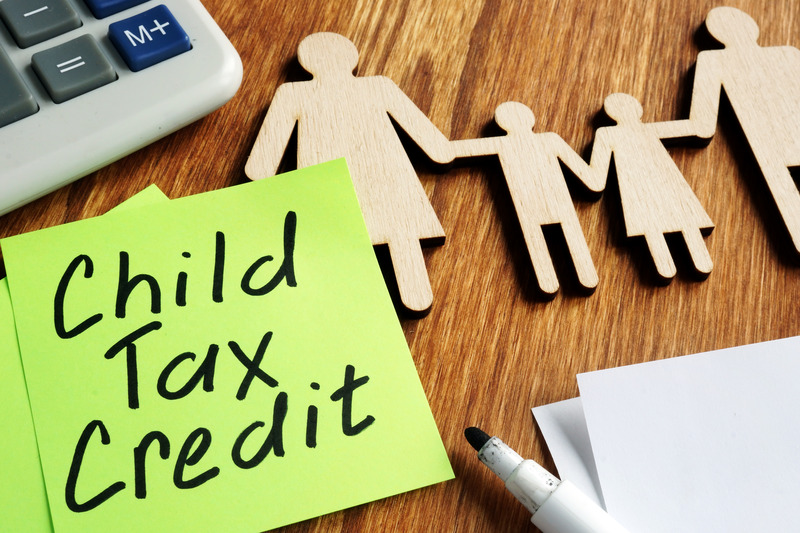A new analysis of state tax systems finds the Illinois tax structure is unfair to low- and middle-income households, especially those with children.
The Institute on Taxation and Economic Policy report says wealthier Illinois families pay far less of their income in taxes than middle or low-income households.
Mitch Lifson, vice president for public policy at Chicago-based Children’s Advocates for Change, said Black households’ median income is around $45,000 – while white households make nearly $80,000.
He said the way they’re taxed creates inequities that affect everything from education to kids’ overall well-being.
“The lowest 20% of household earners are paying 14.9% of their income in state and local taxes,” said Lifson. “But the top 1% are only paying 7.3%. So, we’re making it more difficult for those households to get the resources they need to help their children.”
The report also says Illinois has the second-highest state and local tax burden on its lowest-income households. It finds 41 states have regressive tax systems that put lower-income residents at a disadvantage.
Supporters of present tax levels argue sharply progressive income taxes – which fall more on high earning households – slow economic growth and job creation. That argument tends to allow for higher sales taxes, which take a bigger portion of the income of folks who earn less.
The report also points out that Illinois’ current state and local tax structure has a refundable Earned Income Tax Credit, but not a Child Tax Credit.
Legislation to establish a state Child Tax Credit was introduced last year in the General Assembly. Lifson said he is hopeful the idea will make some headway this year.
“Another version of that bill will be introduced during the spring session,” said Lifson. “The current proposal will be to establish a $300 per-child credit available to households that are below the state’s median income level.”
If the bill passes, the credit would first be available for the 2025 tax year, to households with incomes at or below $75,000 a year for married couples filing jointly, and at or below $50,000 for all other filers.
Teri Dee reporting








